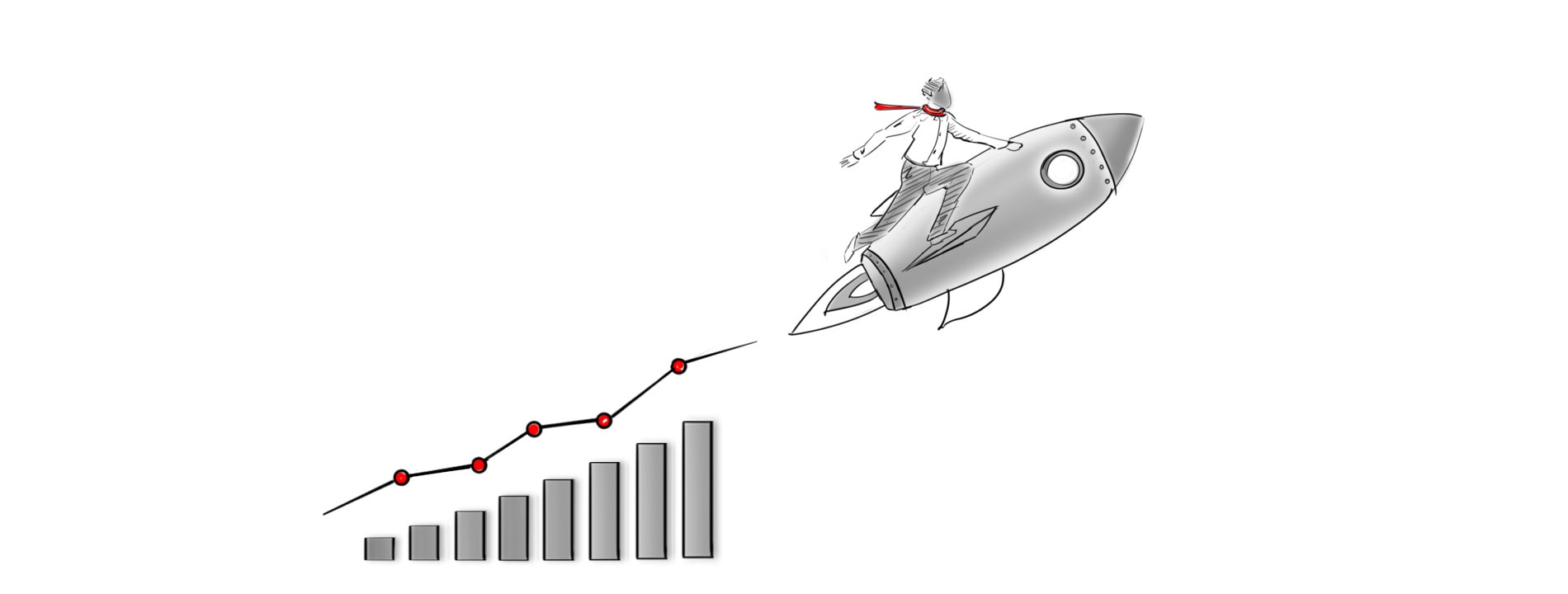
Economic factor design
Industrial design - a strategic tool
In view of the fact that markets are becoming increasingly saturated, companies are faced with ever-increasing competition.
Design has long been recognized as an economic success factor by many large, globally active companies. Because it is important to stand out positively from the competition. Design provides the decisive competitive advantage here.
Many companies are aware of the importance of design for success, but are reluctant to actually use it as a strategic economic factor.
How can design benefit your business?
Before we answer this question in depth, let's first look at what design actually means, how industrial design developed and what it achieves.
The term "Design" is an integral part of today's language usage.
We're talking about: designer furniture, nail design, designer babies, design classics, fashion designers, designer kitchens, designer glasses...
However, the ideas about what design means in detail differ considerably. What unites these popular designations is the appreciation that the addition "Design" triggers. However, the inflationary use unfortunately ensures that the term is burned as a marketing driving force.
Design can be derived from the Italian word "disegno", which translated into German means something like "to draw / to plan".
In the English-speaking world it means something like "Layout" or "Design". Here, in addition to the form, technical and conceptual parts of the design are implied in the concept.
Design does not come about by chance, but is always linked to a planning intention, a concept or a strategy.
The term "Industrial Design" developed in the course of industrialization in the 19th century.
Due to the accelerated development of technology, productivity and science, machine-made series products were created for the first time, which were compared to the unique pieces made by hand. Products were not made to order, but mass-produced cheaply.
Planning and production were previously combined in the area of responsibility of the craftsmen, but now conception and production have been separated.
Humans were partially replaced by machines and companies felt the need to design production-ready goods. Before the start of production, these goods were calculated and designed with regard to sales opportunities and costs.
Industrial design was born.
In addition to the aesthetic design of the products, their practicality and ergonomics came to the fore. Industrial designers therefore not only need to have an excellent understanding of formal criteria such as shape, proportions and materiality. You must also be able to answer technical and production-related questions, be able to think analytically and work in a solution-oriented manner.
Formal design and function are inextricably linked.
This plays a particularly important role in the design of capital goods. Technical aspects, quantity and operation often form the framework of the formal design. Optimizations in production, for example through more modern production methods, can be supported with appropriate formal design.
Language also plays a major role here - a common vocabulary forms the basis for communication and understanding between design and construction.
Gerhard Heufler delimits industrial design from the commonly used design term as follows: Industrial design is the "Design planning of industrially manufacturable products or systems. Industrial design is a holistic problem-solving process with the aim of adapting consumer goods to the needs of the user on the one hand and, on the other hand, complying with the rules of the market, corporate identity and economic production in the interests of the company. Industrial design is also a cultural, social and economic factor” (Gerhard Heufler, Design Basics 2009, p.17).
The design forms the link between highly specialized individual components and combines them into a whole - it finds a shape.
Development and status of industrial design
From a historical point of view, design has undergone enormous development in terms of corporate policy over the years and has become increasingly important.
During the Industrial Revolution, design was heavily production-oriented. The standardization, reduction of components and the abandonment of superfluous decoration made the new mentality of industrially designed products clear.
Using the example of Thonets "Chair #14", the traditional Viennese coffee house chair, this can be illustrated.
Image source: http://de.shop.thonet.de/klassiker/programm-214?orderId=&a=526#productimageoverlay[214]/1/
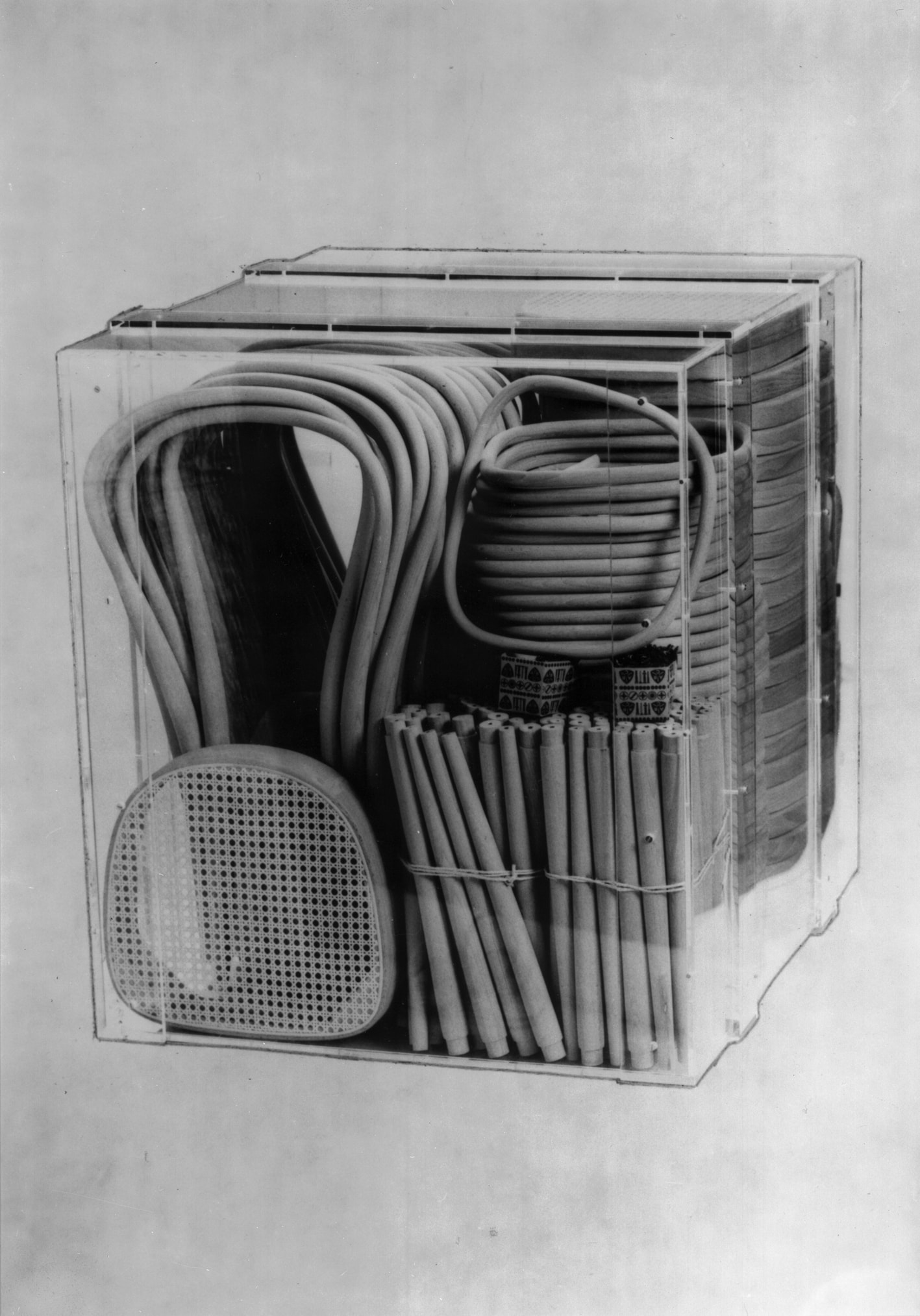
The production of curved wooden strips, perfected by Thonet, is considered the visual trademark of the furniture. However, the kit principle on which the design of the chair is based was revolutionary.
The chair consists of only six wooden parts, 10 screws and two nuts. Industrial production in combination with the reduction of components and the avoidance of unnecessary ornamentation enabled cost-effective production.
Assembly only took place at the destination. So the chair could be delivered packed to a minimum size.
By 1930, the chair had already been sold 50 million times and became a bestseller worldwide.
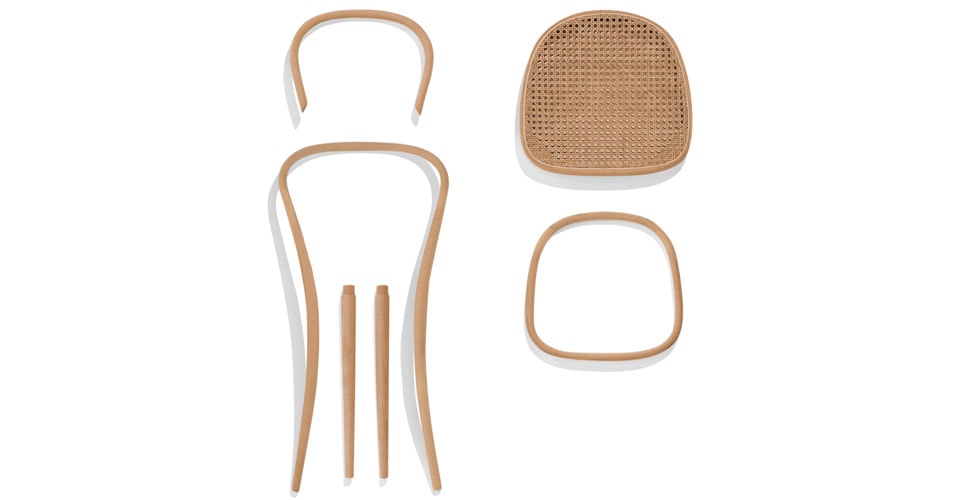
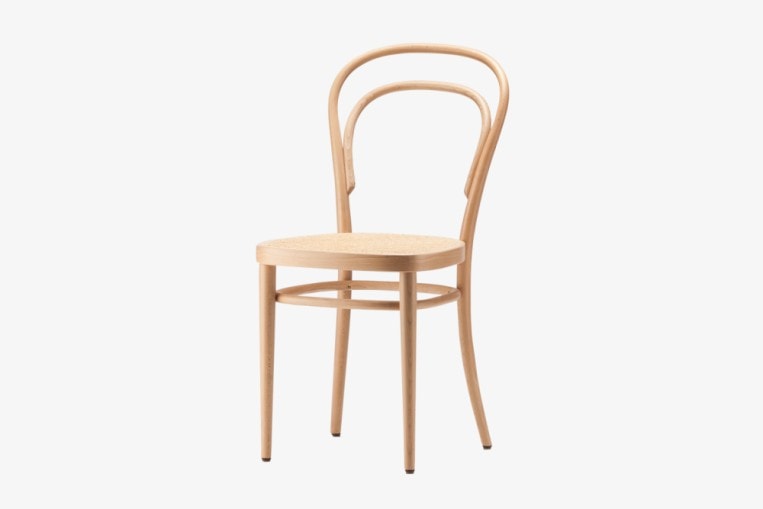
In terms of production, the focus of the design is on cost-effective manufacture, perfect function and ergonomics, and an aesthetically pleasing shape.
The cost-effective and, above all, mass production of products made it imperative to stand out from competing companies in the long term and to generate distinctiveness.
With increasing saturation of the markets, sales orientation gained in importance. Design is regarded as an engine of innovation and can thus open the door to new markets or market niches.
Modern technology is seen as a compelling selling point, and innovation creates a competitive edge today, as it did then. Nowadays, products often no longer differ significantly on a technical level. That calls for different definitions.
Creative design creates scope for differentiation on a formal and emotional level (cf. www.wirtschaftslexikon24.com/d/produktdesign/produktdesign.htm, retrieved on January 29, 2020).
Benefits, advantages and unique selling points can be made visible to the outside through design. The product communicates the company's performance promise.
If a product is technically understandable and practical to use and convinces with its ergonomics and design, this ensures a high user experience during use.
In this way, design supports customer loyalty, because well-designed products are remembered, and satisfied customers are usually loyal to the supplier.
The development of many countries into affluent societies and the associated safeguarding and satisfaction of elementary needs creates the desire for individual self-realization and social recognition.
When looking at consumer goods, it is noticeable that users increasingly identify with the product and, at the same time, with the values of the company behind it. Purchased products thus become an expression of one's own lifestyle.
A positive and coherent image is therefore becoming increasingly important for companies. Emotional positioning creates an identity that is difficult for competing companies to duplicate.
Well-known brands like Apple have long recognized that a design strategy that is practiced and consistently pursued makes the decisive difference between success and failure.
Design has a strong external impact due to its communicative effect. At least as important, however, is the effect it has through a "we feeling" deployed inside the company.
Early in the development process, it is determined which material or which manufacturing process will be used for production. Designers have a direct influence on these factors through their design. You can have a lasting effect on the cost of a product, for example by using a minimal amount of materials.
The design also affects the construction.
If a product is designed and technically constructed in such a way that it can be repaired, longer life cycles are possible.
This aspect becomes particularly clear when considering a negative example:
There are lamps where the bulbs cannot be replaced. If these are used up or damaged before the end of their service life, the entire lamp must be discarded and a new one purchased. Although this generates higher sales, it annoys customers, wastes resources and unnecessarily pollutes the environment. Intelligent design can prevent this.
Taking this thought further, design not only shapes consumer culture, but also our directly experienced environment. Because everything that surrounds us is designed. This design can be more or less targeted or conscious, good or less good. We contribute to the visual world we live in and therefore bear a great responsibility. These tasks should be left to professionals.
In concrete terms, this social responsibility is noticeable in public space. As part of a pilot project, the city of Duisburg switched the lighting in some streets to modern LED technology. An exemplary measure, because the newly installed technology saves electricity. This is good for the environment, since CO2 is saved, and in the long term reduces energy costs for the city budget. Added to this is the longer service life of the LED lights. Expensive maintenance work or renewals are reduced (https://lokalklick.eu/2018/02/02/stadtwerke-duisburg-ruesten-strassenlaternen-auf-stromspare-led-technik-um/, retrieved on January 31, 2020).
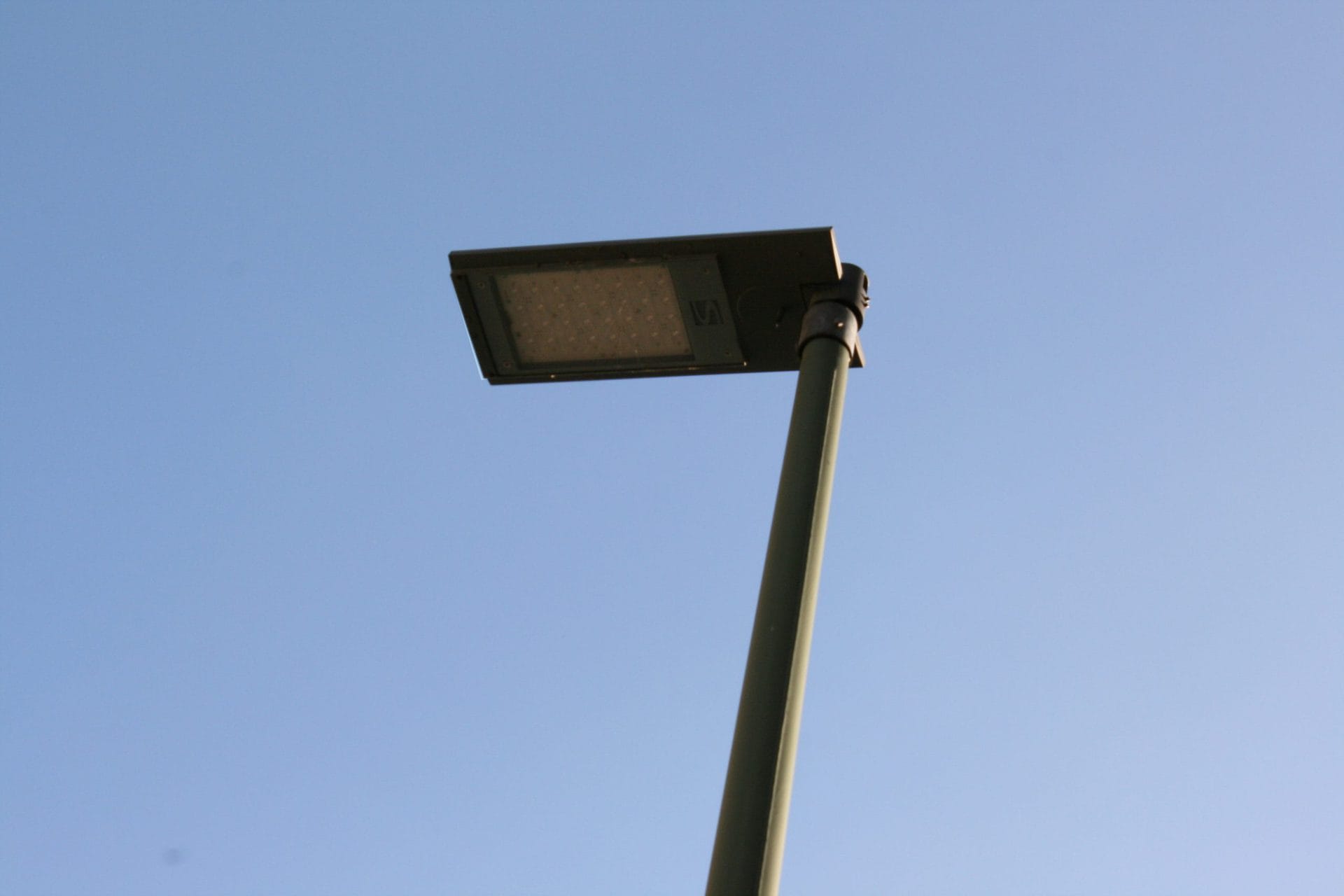
The technology is convincing, the design unfortunately not.
The new lamps are embedded in flat, rectangular metal housings that are attached to the existing lamp posts in place of the old lamps.
The design is not up to par with modern technology. Worse, failing to design appropriately makes the cityscape worse. An unused opportunity to upgrade the already polarizing public image of Duisburg.
In terms of corporate policy, there is a need for good networking between design, research and development, construction, manufacturing and marketing.
In quality management, the design process includes the design of the entire production process and thus forms the basis of strategic, market-oriented corporate management.
Company examples such as Apple or well-known brands from the automotive industry show that a coherent corporate ID constructs a brand whose values are internationally valid and recognized. The design of the products conveys these values visually, functionally, ergonomically and emotionally.
Economic success and design skills are linked.
Design - a measurable success factor?
As early as 1973, Thomas John Watson Junior explained during a lecture: "Good design is good business."
Even if the statement by the managing director of the listed US IT and consulting company IBM dates back a few years, it has not lost its validity.
“In addition to technology and marketing, design has become the third pillar of a successful corporate strategy” (Gerhard Heufler, Design Basics 2009, p.19).
Companies like Apple or Porsche, where design is deeply rooted in the corporate strategy, are examples of above-average market success.
But how can this success be measured or documented?
The study "The beauty of added value" from 2009 by the market association of the German Design Council and the Scholz&Friends group of companies provides insights and figures.
To this end, leading German brand companies were asked about the importance of design and its added value (http://www.markenverband.de/publikationen/studien/Designstudie, retrieved January 30, 2020).
The study participants agreed: 95% stated that design is important for the image and identity of their company.
The means used for this affect the entire external image, i.e. the corporate identity, of a company. The product that is in direct contact with customers represents the company.
Just as many respondents indicated that design plays a crucial role in brand equity. According to 97% of those surveyed, design is also used to position yourself vis-à-vis competing companies, because company competencies are communicated to the outside world through well-designed products. In addition, design offers the possibility of addressing the emotional level of the customer in addition to the rational assessment.
Design has a direct impact on the company's product sales figures, which was confirmed by 86.4% of the companies surveyed.
Design opens up new leeway in pricing, because many customers are willing to pay a reasonable price for high quality. This is stated by 84% of the study participants. In addition, design provides advertising arguments that benefit sales and marketing and also promote better sales.
Comparing these statements with the response to the question about the impact on companies' total returns reveals a similar trend. Since design has a relevant influence on the formation of brand identity, brand value and thus on sales figures, 69% indicate that design has an impact on the overall return.
This is also confirmed by a current study by the management consultancy McKinsey. Here it is shown that companies with an integrated design strategy were able to significantly increase both revenues and returns. Over a five-year period, revenue growth has increased by 32% and delivered 54% higher shareholder returns (vgl. https://www.mckinsey.de/~/media/mckinsey/locations/europe%20and%20middle%20east/deutschland/publikationen/2018-10-26%20the%20business%20vaue%20of%20design/the-business-value-of-design-vf.ashx, abgerufen am 30.01.2020).
As a result, design also influences the growth of companies. For over 80% respondents, it is a key factor in entering new markets.
But design also plays a role in the successful launch of new products in existing markets. Over 87% say their company can gain market share through design.
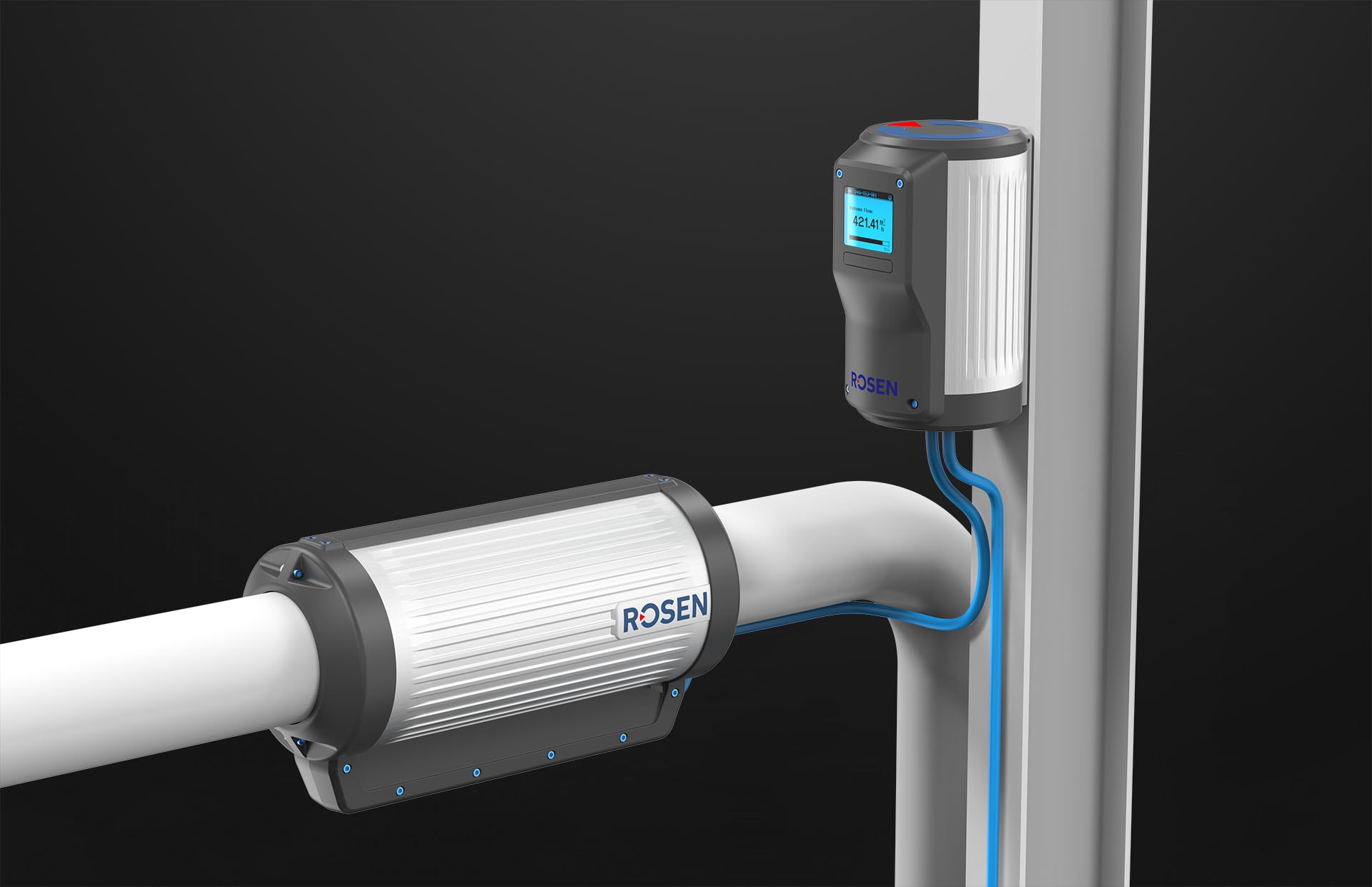
The EMAT Flowmeter is an illustrative example of successfully introducing a product into an existing market.
The ROSEN Group is a global company specializing in the inspection and maintenance of pipelines / pipelines.
The joint development of the EMAT Flowmeter established a new line of business: the non-contact measurement of gaseous, liquid, vaporous and multi-phase media inside a pipeline. And what's more: the flowmeter is the first "visible" product of the ROSEN Group. Our industrial design helped the company to successfully differentiate its product from the existing competition and to make the new technology visible.
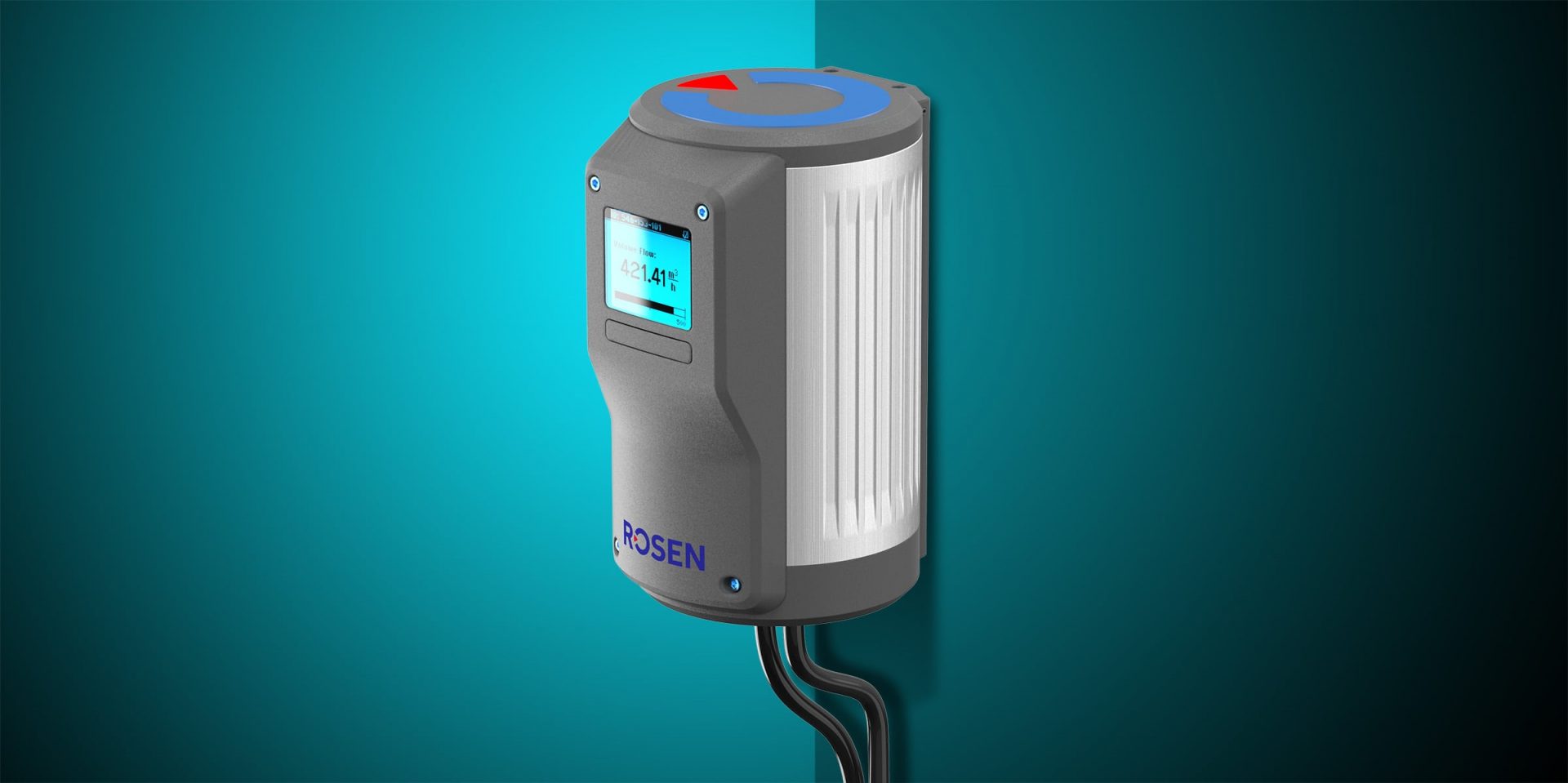
However, the study "The beauty of added value" also reveals which economic, ecological and social potential has been underestimated to date.
Just over 40% of the participants consider using design to optimize production processes. However, design can and should, if integrated into the process at an early stage, already create significant added value during development and production, which can also be proven in figures. For example, material quantities and thus costs can be saved through intelligent product design. Suitable manufacturing processes or component optimization also play an important role. This comes into play during assembly, for example, when working time and effort are saved. Logistics is also an issue here, because transport and storage costs are kept low through intelligent construction of the components or minimal housing. Unfortunately, more than 70% of the surveyed companies do not use design to reduce production costs.
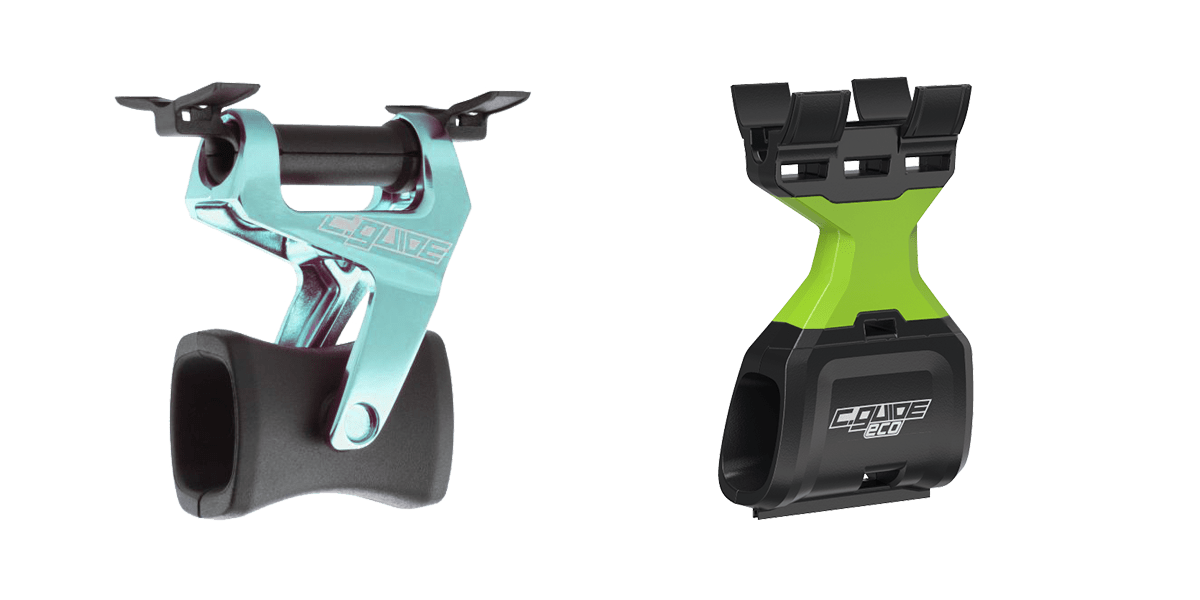
And proven technology can also be improved. This can be demonstrated with the example of the c.guide eco, which was created in cooperation with the bicycle development company B-Labs from Biel in Switzerland. The chain guide for bicycles, originally made of 7 parts, has been reduced to a single component. The new manufacturing process reduced production costs many times over and at the same time increased durability. The result of the design development is the lightest and at the same time most flexible chain guide in the world. We were honored for this achievement with the DESIGN & INNOVATION AWARD.
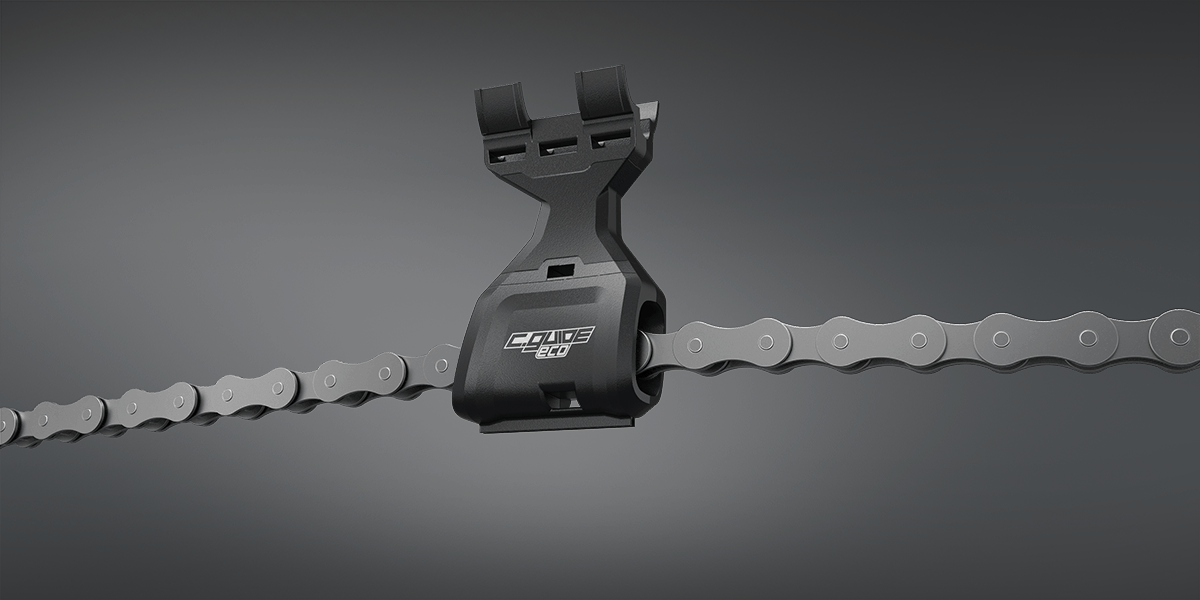
There is great potential in optimizations of this kind, because companies can use design to have a direct impact on the economy, the environment and society.
It should be emphasized that sustainability creates profit on all sides.
The outsourcing of design services is another reason why design is often perceived as a cost factor and not as a worthwhile investment. Purchasing external services allows you to get an outside perspective. Industrial designers work in different product categories, which requires a high degree of flexibility and helps to offer creative solutions.
At the same time, it cannot be overlooked that design is increasingly being recognized as a relevant success factor. This shows the willingness of companies to significantly increase the budget for design services.
Challenge capital goods in the B2B area
With regard to classic consumer goods, good design is almost a matter of course today.
Design is also being used more and more in the industrial goods sector. Because market structures are also changing in the B2B sector due to globalization, standardization and declining product life cycles, just like in the consumer goods sector.
As technology, products and services are becoming more and more similar, it is necessary to find new instruments of differentiation alongside conventional success factors such as price and quality.
It is often argued that there is no need for design in the capital goods sector, since products here are not consumptive, i.e. not primarily geared towards end consumers, but are used for investment or production.
Here no personal need is satisfied but that of a company and is therefore of a purposeful economic nature.
For special service offers, customers usually need specialist knowledge. There are often special regulations on work processes, occupational safety or ergonomics.
The general abilities of industrial designers to think about complex questions and topics from different areas often make it possible to come up with innovative and creative solutions.
For the Avola company, for example, we have optimized the occupational safety and ergonomics of a circular table saw in the construction industry. The clear cover was previously designed to trap sawdust in the gaps, obscuring the saw blade from view. Concepts for optimizing the components, suspension and kinematics could be introduced as possible solutions. In addition, ideas for a better storage of the saw's push stick were developed in order to support the use of the stick and thus minimize the risk of accidents at work on the saw. These changes could be made without changing the manufacturing method or increasing production costs. The result was a more modern design with better performance in the areas of work safety and ergonomics at a comparable cost.
Investment goods are often only requested in small quantities. As a result, production is often expensive and procurement takes time.
But thanks to technical developments in the manufacturing industry, small quantities can also be produced today, which impress with their high design quality.
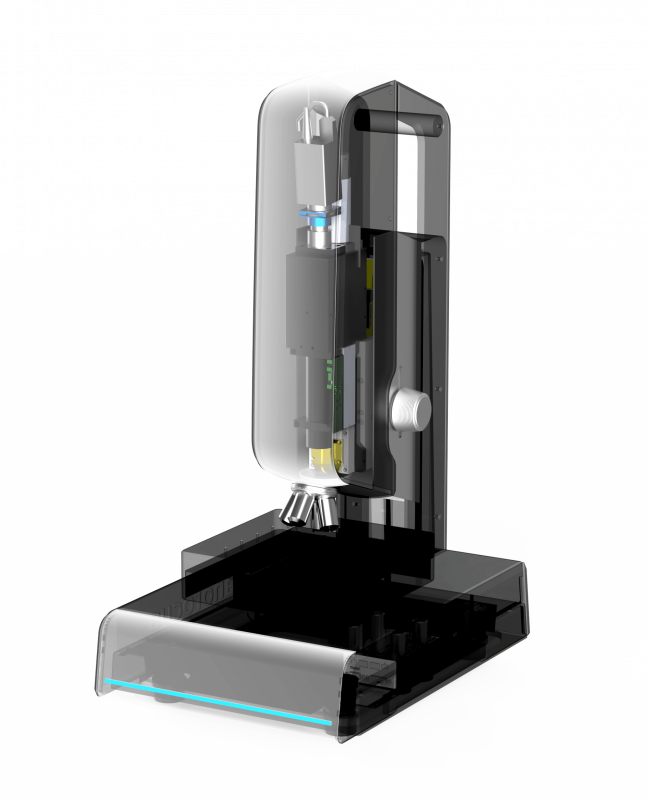
Together with our partner NanoFocus AG, we have developed a high-precision measuring technology microscope. Due to the high purchase price of the devices, we were also faced with the challenge of designing a housing that could be implemented for small and medium-sized series.
With the help of alternative manufacturing methods, we have succeeded in using high-quality 3D-formed metal components for the design, which appropriately represent the outstanding precision and value of NanoFocus AG's technology. Components of different sizes for the various models in the product line can be generated from a single tool.
Thanks to the manufacturing technique we proposed, the tool manufacturing cost was reduced by over 90%. The production also convinced with the excellent surface quality, which can be made possible at low cost.
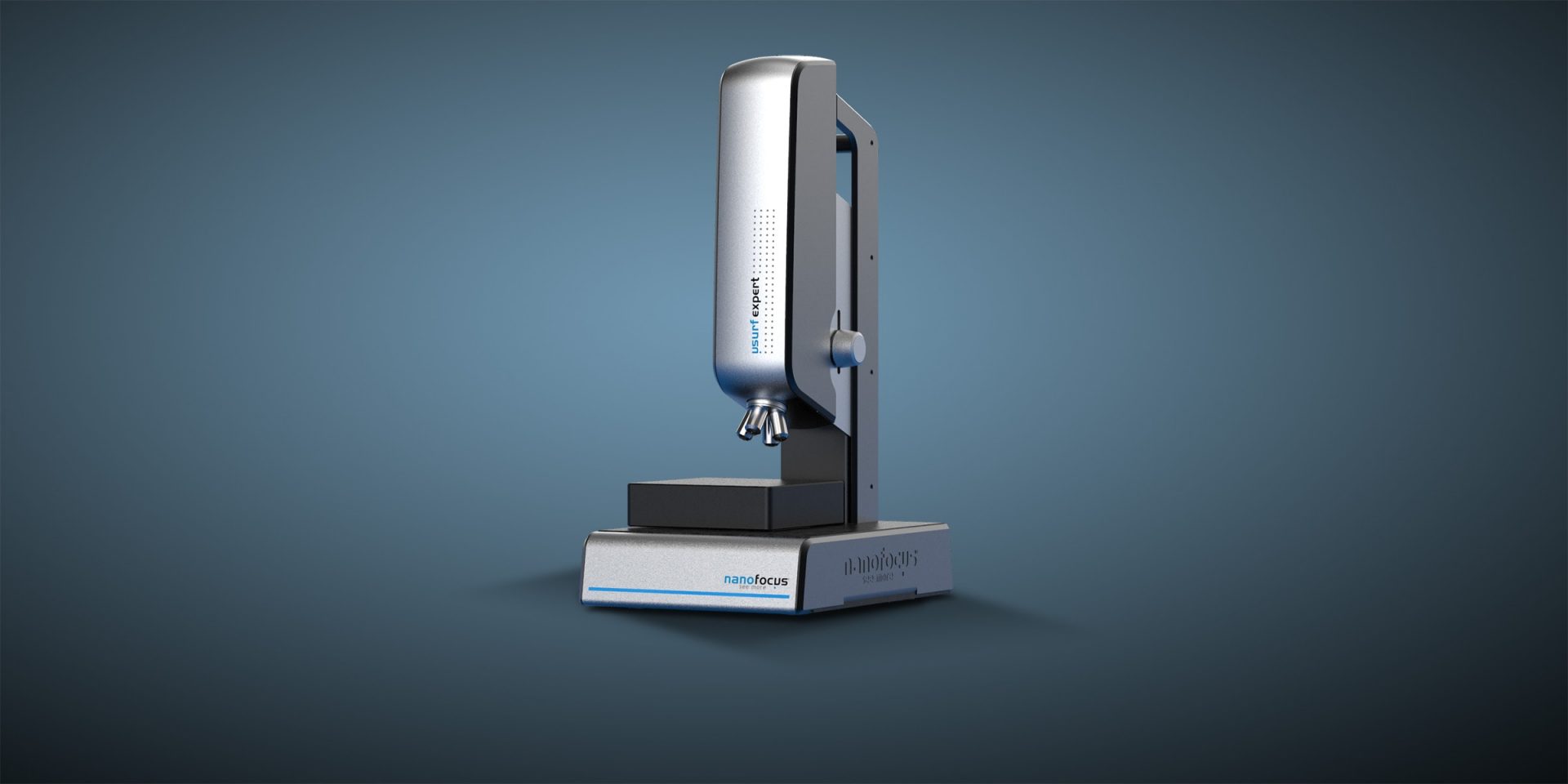
Previously, we established that design contributes to the development of brand personality and appeals to users emotionally.
In the B2B area, too, it is necessary to convey values and promise a service as a company.
Technical competence, innovative progress and ergonomics are not visible at first glance. However, design helps to visualize these profiles and to demonstrate a development.
In addition, it is particularly important to express the special requirements of the market segment even more sensitively through design.
Capital goods are often denied emotionality, because in purchasing hard facts such as price and performance are of primary interest. But especially when the technology and price of the industrial machines are the same, design serves as a distinguishing feature and can set it apart from the rest of the market. And in the end, the buyer is always a person who sees design as a carrier of emotion.
A sophisticated device housed in a rudimentarily manufactured metal box is trusted less than a sophisticated product. Because a good design shows customers that the development process is mature and conveys quality and reliability. These are important company characteristics, especially in the B2B sector, which enable long-term business relationships through trust and reliability.
Design creates competitive advantages!
If you look at the value of design in a business context, it can be said in summary that design is becoming increasingly important.
We can answer the question asked at the beginning of what added value the use of design creates for your company: Design creates competitive advantages!
Design delivers maximum added value when it is integrated as early and holistically as possible into the development process.
The potential of industrial design is optimally exploited if it is not isolated or followed in development.
In addition to visualizing the uniqueness of products, design creates a formative identity and an unmistakable recognition value. Design thus makes a significant contribution to the branding of your company.
Figuratively speaking, product design is your company's calling card.
Positive effects of the design on company profits could be determined both in the consumer and in the capital goods sector and were confirmed by the study "The beauty of added value" empirically proven.
Innovations can take place at various levels. They can be related to use, production, material, function or form.
Industrial design can make contributions to all of these areas. This was illustrated with examples such as the NanoFokus microscope. The multi-layered effects of design were documented here. Design influences production optimization and ergonomics, which in turn is reflected in appearance quality, price and handling.
The study "The beauty of added value" also shows how design works through the optimization of cost and resource management on an economic, ecological and also on a social level. Unfortunately, the existing potential in these areas is still underused. It is urgently necessary to start at these points, because measurable successes can often be achieved here without great effort.
Design provides customers with arguments for differentiating products through price, quality, form, production, function and technology, as it communicates clear performance promises and makes them visible and tangible to the outside world.
In addition to the rational criteria mentioned, design also appeals on an emotional level.
Visual messages but also the haptic experience of a product shape the perception of the user. However, linked associations and memories should not be underestimated either.
For some, design serves as a status symbol, for others it enables them to identify with the values and performance promises of products or companies. Design is the key factor, combining form and emotion with technical function, taking economic framework conditions into account.
Projekter industrial design offers a holistic process for the benefit of your brand or your company.
The above criteria ensure you long-term competitiveness.
Our design is the central and strategic instrument of your corporate management and therefore a worthwhile investment in your economic future.
